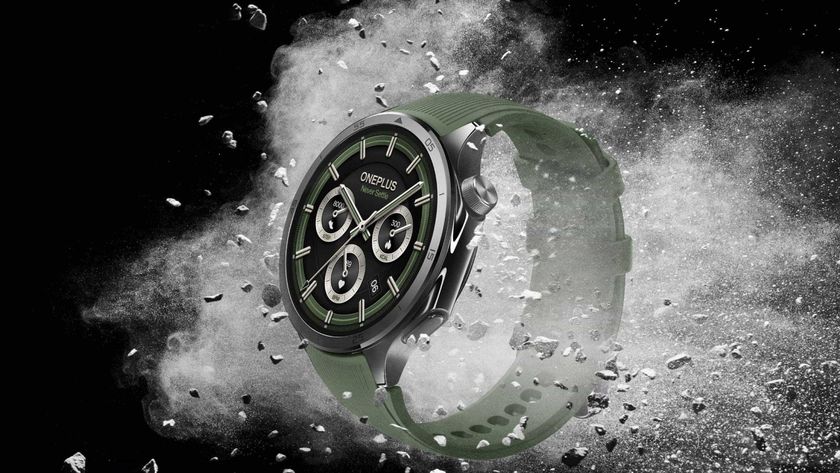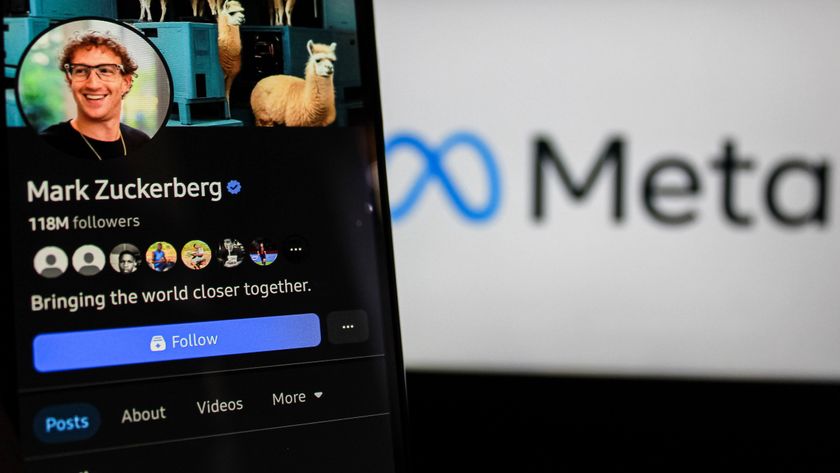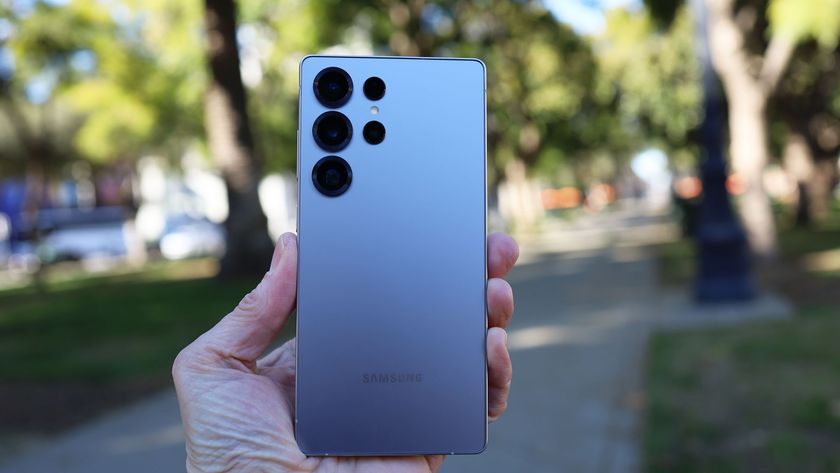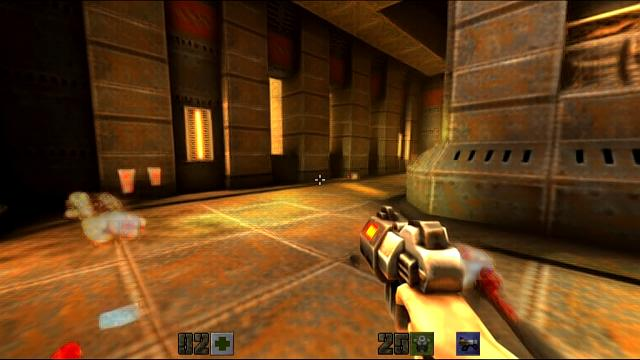Deutsche Telekom and Ericsson push microwave link over 100Gbps
Fibre capacities reached over the air using microwave
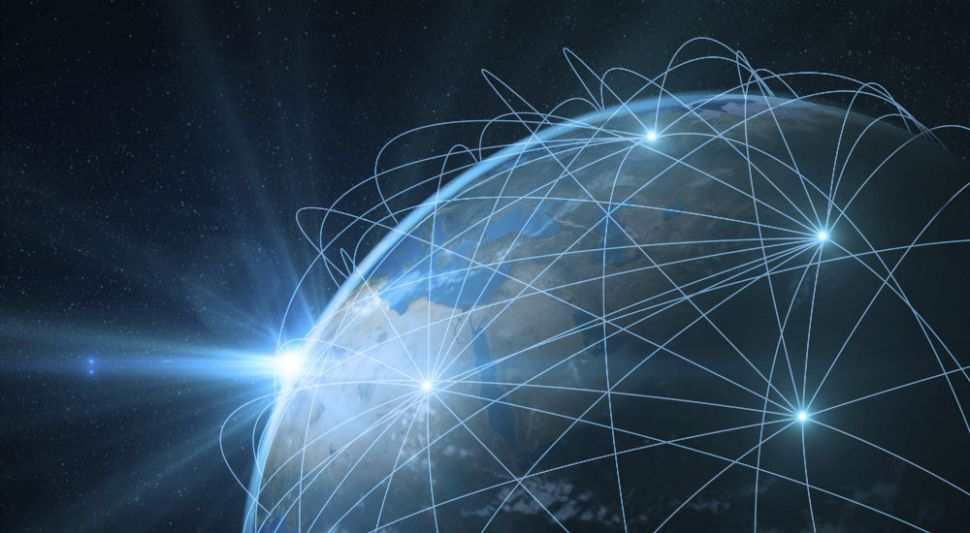
After demonstrating that it was possible to take wireless backhaul to 40Gbps earlier this year, Deutsche Telekom and Ericsson have returned to take a 1.5 kilometre link to 100Gbps.
The trial was once again conducted at the Deutsche Telekom Service Center in Athens and it utilized Ericsson's Mini-Link 6352 microwave solution. To achieve such improved speeds, the recent trial used 8x8 line-of-sight Multiple-Input Multiple-Output in a 2.5 GHz channel within the 70 to 80GHz range.
The telecom and network hardware manufacturer said that transmission rates were consistently above 100GBps with a peak speed of 140Gbps which means that the technology could be used in 5G networks.
- GSMA: spectrum costs holding back worldwide mobile connectivity
- Vodafone trials SDN-powered microwave backhaul
- Ericsson tests strengthen wireless backhaul's suitability for 5G
Head of Product Area Networks at Ericsson, Par Narvinger explained how microwave could be used to supplement fibre connections or even as a replacement when fibre is unavailable, saying:
"This trial signifies the successful establishment of true fibre capacities over the air using microwave. This means that microwave will be even more relevant for communications service providers in creating redundant networks as a back-up for fibre, or as a way of closing a fibre ring when fibre is not a viable solution. By carrying such high capacities, microwave further establishes itself as a key transport technology, capable of delivering the performance requirements of 5G."
Spectrum sharing
Back in February at MWC, Ericsson and Intel showcased simultaneous spectrum sharing between 4G and 5G.
The software is able to support both mobile networks at the same time due to the “intelligent scheduling algorithms” developed by the two companies. New hardware is also not required as the software can be activated on all radio system equipment from Ericsson released since 2015.
Are you a pro? Subscribe to our newsletter
Sign up to the TechRadar Pro newsletter to get all the top news, opinion, features and guidance your business needs to succeed!
According to Ericsson and Intel, the split of 4G and 5G simultaneous capacity is adjusted every millisecond according to the active devices using the network.
Ericsson Group president and CEO Borje Ekholm noted at event in Singapore that the security of networking hardware vendors such as Huawei is responsible for holding back the development and rollout of 5G networks.
Via ZDNet
After working with the TechRadar Pro team for the last several years, Anthony is now the security and networking editor at Tom’s Guide where he covers everything from data breaches and ransomware gangs to the best way to cover your whole home or business with Wi-Fi. When not writing, you can find him tinkering with PCs and game consoles, managing cables and upgrading his smart home.





